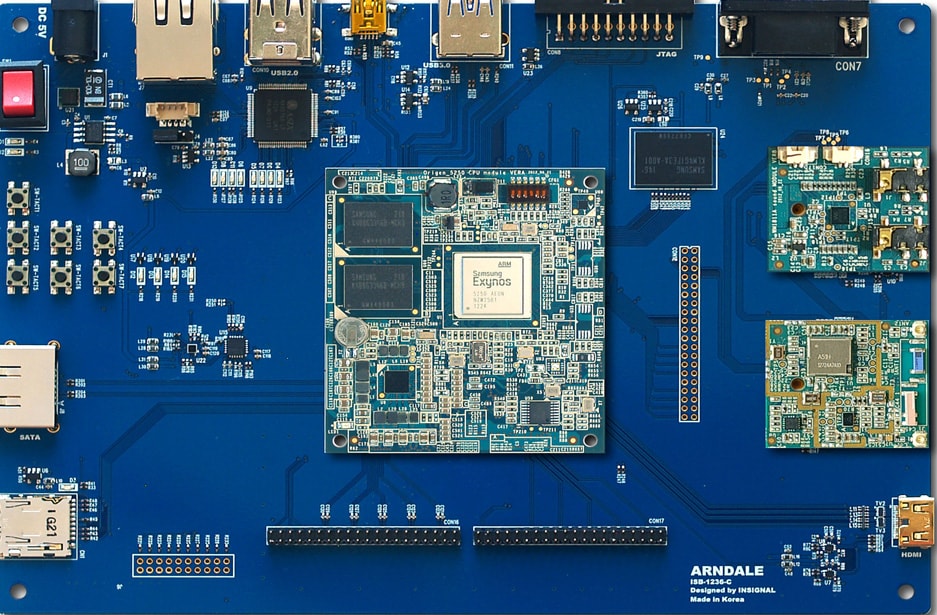Overview
ARM Cortex Embedded Processors. ARM is the industry's leading supplier of microprocessor technology, offering the widest range of microprocessor cores to address the performance, power and cost requirements for almost all application markets. Combining a vibrant ecosystem with over 1,000 partners delivering silicon, development tools and software, and more than 50 billion processors sold, ARM truly is “The Architecture for the Digital World®"

p>Day 1
INTRODUCTION TO REAL WORLD INTERFACE
Day 2
Session 4
Day 1
Session 1
Introduction to Embedded System
- What is an Embedded System?
- Essential characteristics of embedded system
- Hard Real Time System & soft Seal Time System
- Example of different embedded systems
μP Vs μC and different Architectures:
- What are μP & μCs, block diagram and difference between them?
- Classification and selection of microcontrollers for embedded applications
- Processor terminologies, architecture and difference between them:
- 8-bit Vs 16-bit Vs 32-bit Vs 64-bit
- CISC Vs RISC
- Von Neumann Vs Harvard
- I/O mapped I/O Vs Memory
- Non-Pipelined Vs Pipelined
Introduction to the World of Opportunity with 32-bit ARM Cortex Microcontroller:
- Why to use ARM microcontroller
- ARM processor family
- Meaning of ARM terminologies
- Byte, Word and Half-word
- Applications of ARM Processors
- ARM Cortex architecture
- ARM Cortex M0
ARM ARCHITECTURE
- Introduction to ARM Architecture
- Harvard and Von-Neumann Architecture
- Block Diagram
- Functional Diagram
Session 2
OVERVIEW OF ARM- INSTRUCTION SET’S
- 32-bit instruction set
- 16-bit instruction set
ARM CORTEX WORKSHOP
- 8-bit instruction set
PIN CONTROL BLOCK
- Phase Lock Loop
- Pin Configuration
- Pin Connect Block
- General Purpose I/P
EMBEDDED C PROGRAMMING
- Difference between C and Embedded C
- Compiler handling
- Creating and modifying projects in Compiler Conventional programs
- Basic Embedded programs structure
- Getting your programs into a compiler, writing your programs
INTRODUCTION TO REAL WORLD INTERFACE
Led interfacing
- Glowing of led
- Blinking of led
- Running of led
Micro switch Interfacing
- Circuit/connection details of the switches
- Development & testing of various switch based programs
Day 2
Session 2
DISPLAY DEVICES
- Introduction to display devices
- Different types of display devices
- Need of the display devices
- Schematics of the LCD
- LCD Instruction set
- LCD hardware configuration
- Interfacing LCD (16*2)
- Display the Name
- Display the Number
ACTUATOR/MOTOR INTERFACING & CONTROL
- Types of actuators/motors
- AC motor
- DC motor
- Stepper motor
ARM CORTEX WORKSHOP
- DC geared motor
- Motor driver: using transistor & Relay
- Solid-state drivers: H-bridge IC drivers
- Programming & controlling DC Motor
SENSOR INTERFACING
- Introduction to Sensing Devices
- IR Sensor Interfacing
- Circuitry and Functioning of IR Sensor
INTERRUPT CONTROLLER
- Basics of interrupt
- Polling method
- Difference between polling and interrupt method
- Interrupt service routine (ISR)
Session 4
ARM CONTROLLER SERIAL PORT
- Basics of serial port (RS232)
- Types of connectors
- Interfacing pc with micro controller
- MAX 232 interface Hardware structure
- Serial port configuration (mode selection)
- UART0 and UART1 handling
- GSM module
- MAJOR PROJECTS
- STUDENTS QUERY
- QUIZ COMPETITION
- CERTIFICATE DISTRIBUTION
Register Now
Our Technologies








